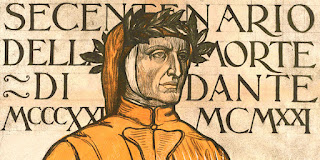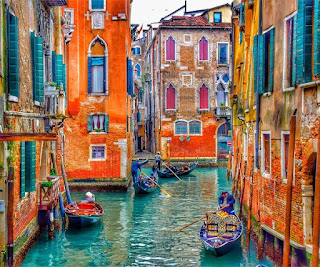Halloween has not been traditionally celebrated in Italy,
but when they found out that it can be used as an excuse to party, they joined
right in.
We had lunch in an old
taverna. Excellent as all Italian food is!!
We had free time to walk
around and find more beautiful churches with beautiful mosiacs.
For dinner tonight on the
boat, we all dressed up in our Halloween costumes.
After dinner, some local musicians will come on board to
play local "balera" music. I think Doug and I will be in bed by
then!!
(to be continued)













































